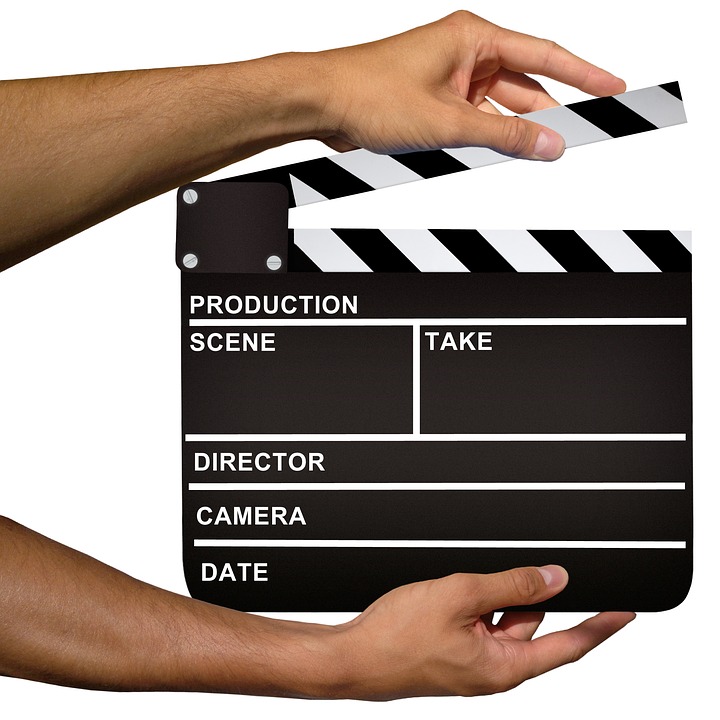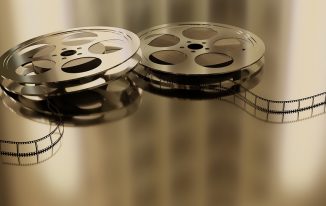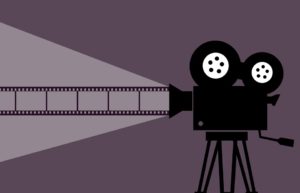“It’s essential to storyboard your scenes before the day of the shoot. If you’re working with an editor, have him/her look over your storyboards and give you feedback.”
–Julia Booras
Did you know that there is a step just in between the ideation and creation of a movie? This step is called storyboarding. It is a fundamental part of the preproduction process which makes filmmaking easier. So, let’s explore this vital element of the film industry.
What Is Storyboarding?
Planning a video or a sequence in a movie is not easy and does not come naturally to filmmakers. However, there is one tool that acts as a roadmap and guides the journey from script to screen and this tool is called a storyboard.
In simple terms, a storyboard is a comic strip version of a script. It is a visual representation of the script. Storyboarding is one of the tasks undertaken during preproduction. Depending on the context, the storyboard is prepared by and for either the scriptwriter or the director.
A storyboard consists of a series of images that clearly illustrate what each shot contains. For instance, Walt Disney Studio is attributed to inventing the storyboard in the 1930s. Those storyboards were then utilized to plan animated films carefully. It is only in the 1940s that storyboarding became an increasingly popular process in the production of live films. Storyboarding has since become an established and crucial stage in the creation of movies, television shows, documentaries and promotional spots.
Before shooting the required footage, it is essential to plan how to approach this step. Storyboarding is one means of creating a shooting plan. It indicates clearly all the shots that must be captured. It also communicates a sense of how the shots will fit together and how the finished product will look. It is easy and cheap to modify a storyboard but a complex and costly task to reshoot due to missing or inappropriate shots.
The screenwriters of promotional spots typically produce a script and a storyboard. In some companies, they create a storyboard when pitching ideas. This process allows them to have a clear illustration of each concept when selecting a concept. Besides, a storyboard also enables the client to conceive more easily how the final spot will look than if they were reading a script.
Storyboarding is also an essential stage in the creation of films and television shows. In these cases, the storyboard is either prepared or requested by the director. He or she will then work on the storyboard with the cinematographer to plan all the necessary shots. Once the director is confident that everything is covered and the footage will be able to be edited, the storyboard is finalized and preparation for shooting can begin.

Steps in creating a storyboard:
- First, a storyboard panel is created. Then, you will need to have enough space to draw a visual representation of what will be seen on the screen and write a description of the shot. In the first example of a storyboard, more commonly used for promotional spots, the audio details are provided on the side of the shot. In the second example, there is enough space for a short description below each box.
- Draw any necessary visual information. You do not have to be a skillful visual artist to complete this task. The aim is to communicate a sense of what will later appear on the screen in the specific shot. You can also utilize stick figures if you do not feel confident to do anything more detailed.
- Provide additional information either in the form of a short description below the box or include more extended details on the side of the box.
What do you think about storyboarding? Please share your comments!




